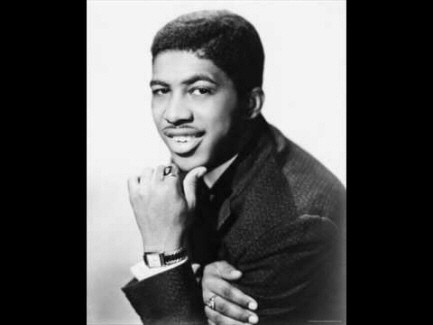 This Is Not A
BLOG!
This Is Not A
BLOG!
Date: 01/05/15
Ben E. King - "Stand By Me" (1961)

Ben E. King (Benjamin Earl Nelson)
Singer, songwriter
b. 28 September 1938, d. 30 April 2015
If Ben E. King had only ever recorded one record, he would still have deserved a place in the list of legends of popular music.
He had already done rather more than that as a member of The Drifters, and had launched a solo career with the assistance of Jerry Leiber and Mike Stoller, songwriters who had turned their hands to production because they were determined to get their songs recorded the way that they thought they should be.
The genesis of Stand By Me is - as was customary for that time - convoluted, and the detail depends on who you ask. In the end, the song was credited to all three men and everyone was going to be happy with that.
The recording itself was interesting, in that the session at which it was recorded was one which had over-run by about an hour, leading to some grinding of teeth in the accounting department at Atlantic Records, because engaging an orchestra was an expensive undertaking at the best of times, and giving them an extra sixty minutes or so on the payroll was not something which would have gone down well at HQ. They were suitably mollified, however, when the two tracks laid down in that additional studio time turned out to be smash hits; Spanish Harlem and Stand By Me. The latter title had been intended for King's former colleagues in The Drifters, but they had decided to pass on it and so deprived themselves of an absolute classic.
Listening to King's recording, three things become apparent: King's ability to sing in a style which was clearly sincere and heartfelt, but without being over-egged; how simple arrangements can be the most effective and powerful (Burt Bacharach achieved something similar a few years later with Dionne Warwick's recording of Walk On By); and a measured but at the same time distinctive string arrangement, whereby the instruments play very little counterpoint, but instead keep in lock-step with each other up and down the scale.
The overall effect was a winner from the beginning, and has given the song - and its performer - a rightful place in the annals of pop.



 This Is Not A
BLOG!
This Is Not A
BLOG!











